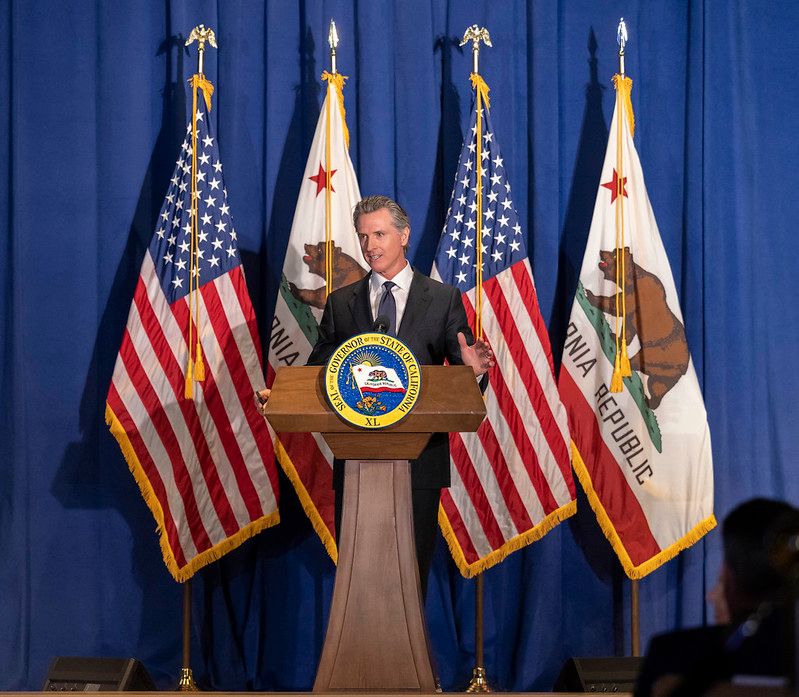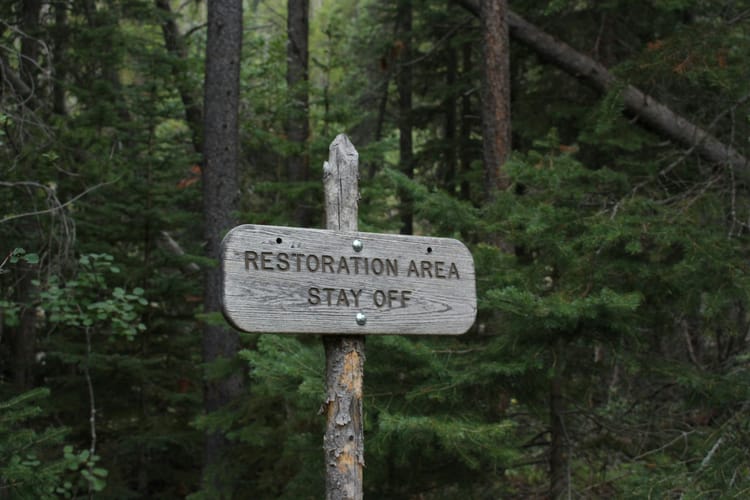California’s new climate rules to affect privately held companies

California’s stringent new climate disclosure laws, set to come into force in 2026, will affect over 10,000 companies “including many privately-held companies unlikely to have assessed the scope of their GHG emissions,” say researchers.
Chief Sustainability Officers and their peers across the US should prepare for extensive emissions and climate risk reporting, with the disclosure requirements going considerably “beyond the far-reaching requirements of the SEC’s proposed climate-related disclosure rule or the current practices of most public companies.”
California climate rules: What’s happening?
On October 7, California Governor Gavin Newsom signed two bills into law: SB 253 or the ‘Climate Corporate Data Accountability Act’ and SB 261, dubbed the ‘Climate-Related Financial Risk Act’. These two long-awaited acts are considered historic in the US, since they set the first and most ambitious mandatory climate requirements seen to date at the state and federal levels.
(Federal climate disclosure rules are yet to be finalised by the Securities and Exchange Commission after the draft published last year).
In particular, California’s Climate Corporate Data Accountability Act mandates companies to report their Scope 3 supply chain emissions – widely seen as the most challenging component for Chief Sustainability Officers within the state.
“This is difficult for two reasons: first, the increasing interconnectedness of our global economy means that supply chains are an infinitely complex web of inputs across numerous sectors and geographies, and second, most companies in that supply chain will not be measuring their own GHG footprint,” Zach Geaddert, Senior Carbon Accounting Lead at Emitwise, tells CSO Futures.
He believes that in the longer term, reporting firms will benefit from “supply chain network effects”, whereby increased engagement with tier one suppliers will cascade deeper into supply chains, unlocking greater access to accurate and reliable Scope 3 emissions data.
But in the short term, “companies will need to make sure that they have access to credible, reliable life cycle analysis databases, and can apply emission factors that represent the full upstream emissions impacts of the good or service that they purchase,” he adds.
In an article published on October 22, Harvard researchers estimate that 5,000 companies will be subject to the new GHG disclosures, while 10,000 will have to report on their climate-related risks.
Many of the multinational corporations covered by the laws (including the likes of Apple, Google, Microsoft, Walmart, ExxonMobil and Chevron) already report emissions and climate risks to some extent. But the Harvard paper notes that the new requirements will also apply to “many privately-held companies” unlikely to have either assessed the scope of their current emissions or “adopted the TCFD recommendations (which are designed for public companies)”.
SEC vs California climate disclosure rules
With only about 37% of even listed companies worldwide currently disclosing their Scope 3 emissions, Scope 3 reporting is definitely the most contentious item in the California bills. But it may also be what’s delaying the release of the SEC’s final climate disclosure rules – originally expected this October.
The regulator has been the target of intense lobbying by companies looking to water down the requirements. It reportedly received a record 15,000 comments on the March 2022 draft, with Scope 3 disclosures as the main pain point.
The expectations around indirect emissions are already much lower in the SEC rule than in the California law: listed companies in the US would only have to report Scope 3 emissions considered “material” or that form part of “a GHG emissions target or goal”. But now, it has become unclear whether the final rule will include Scope 3 at all.
Another key difference between California’s laws and the draft SEC rule is that the first applies to both public and private companies, whereas the SEC would only cover public firms.
Finally, California’s Climate-Related Financial Risk Act will require companies to test the resilience of their climate strategies under different temperature scenarios (as recommended by the TCFD). This is not mandated by the SEC’s draft rule, and is likely to be a difficult exercise: only 11% of companies reporting in alignment with the TCFD recommendations conducted resilience testing in 2022.
California climate disclosure laws explained
There are some distinctions between the two acts and who they apply to, but their impact will be felt by companies and their Chief Sustainability Officers far beyond California’s state limits.
SB 253, the Climate Corporate Data Accountability Act, applies to companies “formed in the US”, with annual revenues in excess of US$1 billion, and that do business in California. It requires the annual disclosure of Scope 1 and 2 greenhouse gas emissions from 2026 and Scope 3 from 2027 (for the previous fiscal year).
SB 261, the Climate-Related Financial Risk Act, also applies to companies “formed in the US” and that do business in California, but with smaller annual revenues: US$500 million. Covered entities will have to publicly disclose (on their website) climate-related financial risks in alignment with TCFD, as well as the measures taken to mitigate or adapt to these risks, every two years starting in 2026.
Both acts will fall under the purview of the California Air Resources Board (CARB), which will be empowered to slap significant fines on companies in case of non-compliance: up to US$500,000 per year for GHG disclosures, and US$50,000 a year for climate-related financial risks.
Climate disclosures and California’s corporate exodus
Even before these laws were enacted, many companies decided to leave California in favour of what are seen as more business-friendly jurisdictions, with Oracle, Palantir and Tesla among the well-known technology brands to have relocated.
According to Hoover Institution researchers, 352 companies moved their headquarters to other states between 2018 and 2021, with a clear acceleration in 2021. Recent examples include kitchen appliance firm Thermomix and tech companies Fireside and Skillz, which relocated to Texas, Florida and Nevada, respectively.
Analysts say they were driven out by factors including tax and regulatory policies that raised business costs and reduced productivity and profitability. California is the most highly regulated state in the country, and companies operating there have to deal with 518 state agencies, boards, and commissions.
The new climate disclosure rules – and hefty fines associated with non-compliance – are likely to be perceived as another blow to the state’s business environment, but it could also promote public-private collaboration.
Michael Green, Director of Climate and Energy Policy at the American Sustainable Business Network (ASBN), tells CSO Futures: “Businesses in California have long been leaders of creating robust strategies to reduce their carbon footprint. Some of the best science and technology for measuring and reporting emissions is happening in the state because of these pioneering businesses and entrepreneurs. Fostering that innovation while also creating a baseline for claims is a difficult but important balance for the government to make. It is a unique opportunity for the government and our business community to work together.”
Furthermore, leaving the state wouldn’t necessarily absolve companies from their reporting obligations. For one, the requirements apply to large firms “doing business” in California, not just those headquartered there. The Harvard researchers believe these laws will have “a profound impact, extending well beyond the border of California”.







Member discussion